Asa Kaigan Tetsudo (Asa Coastal Railway or “Asatetsu”) in Shikoku’s Tokushima Prefecture is the first railway in Japan to use Dual Mode Vehicles (DMV) to operate all its services on a regular basis.
TSJR visited the railway in January (2023) and rode one of the DMVs when it was (mostly) in rail mode
Location and background

The Asa Kaigan Tetsudo Line is a 10km line that runs from Awa Kainan in Tokushima Prefecture to Kannoura in Kochi Prefecture, both on the island of Shikoku.
The area that the line operates is fairly sparsely populated and although is home to a UNESCO Geopark, the railway was suffering from lack of usage and was in danger of being closed down. The railway company with the help of local governments and JR Shikoku came up with the plan to use Dual Mode Vehicles to combine the rail service with a bus service thus better serving local residents and tourists.
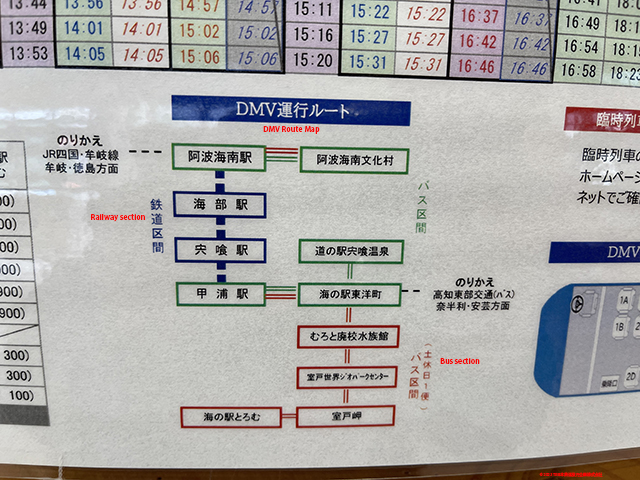
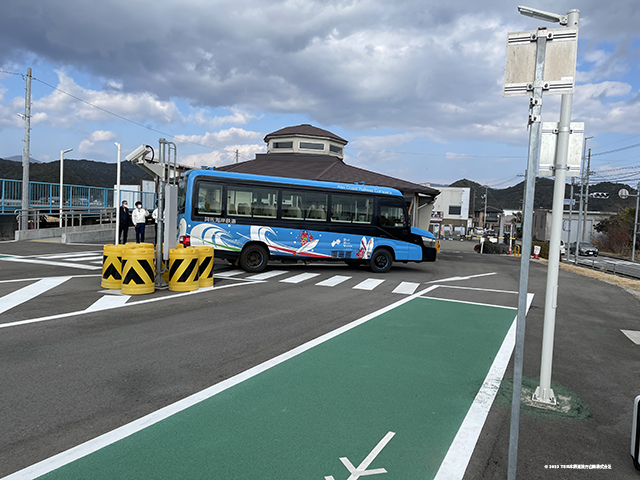
Before the start of the DMV service, the JR Shikoku Mugi Line ran from Tokushima to Kaifu, where it connected directly with the Asa Kaigan Line. In preparation for the DMV service, however, the JR Mugi Line was cut and terminated at Awa-Kainan, which even today is little more than a station halt. The Asa Kaigan Railway took over the former JR line between Kaifu and Awa-Kainan, adding 1.5km to its length and built a “mode Change station” where the DMV changes from a rail vehicle to a road vehicle to continue its journey the short distance to Awa-Kainan Bunkamura.
At the other end a “Mode Change Station” was built just after Kannoura Station from where the vehicle then carries on in bus mode to Shishikui Onsen no Eki, and on weekends and holidays to Muroto where the Unesco Global Geopark is situated. At Kannoura a slope was constructed for the bus to to get to / from what is an elevated station.
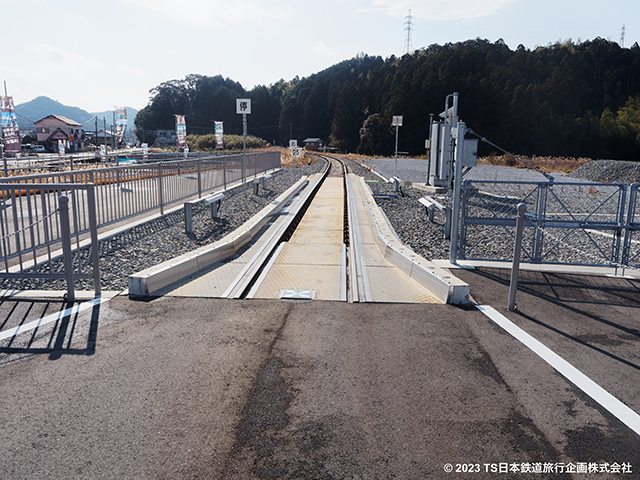
What is the DMV like and how many are operated?
The railway has 3 vehicles based on the Toyota Coaster light buses. On the roads these operate like any other bus. At the “Mode Change Stations” the bus changes to a rail vehicle by letting down the rail wheels which push the bus upwards taking the road wheels above the ground.
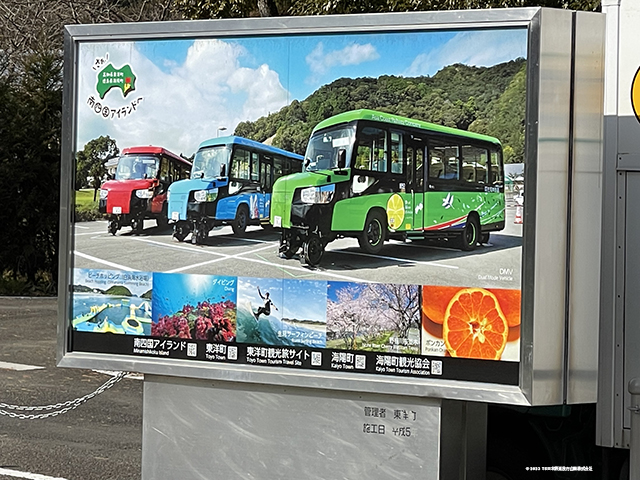
Passengers notice the mode change as the rail wheels are lowered (and lifted when going the other way) at each end separately, and of course the bus is raised (when going to rail mode) or lowered (when going to bus mode). The mode change takes about 2 to 3 minutes, including when changing to rail mode a quick visual inspection by the driver before proceeding.
What is like to travel on the DMV?
It is more like travelling in a small bus than a rail car, so when in bus mode riding along the road passengers will feel no different than when travelling by a normal bus, although space is a bit more limited.
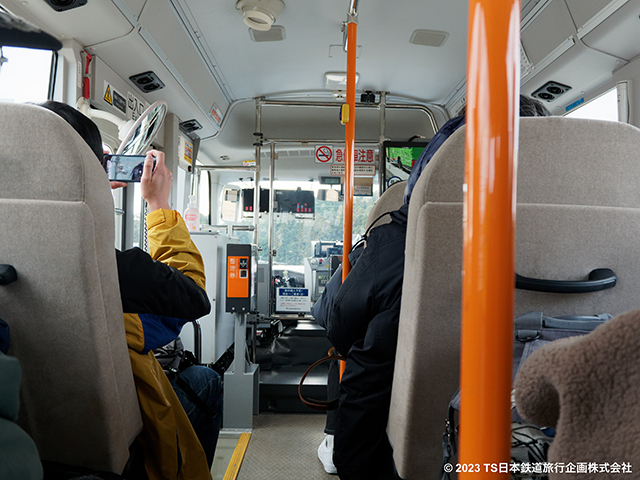
In rail mode it is not as smooth as a normal, particularly modern, rail car, and speed is limited. You know you are not travelling in a conventional railcar, for short distances it is ok.
On the day we travelled, it was crowded with a mixture of locals and railway enthusiasts. Interestingly you can (and at times it is probably advisable to) book seats on the bus. If you just turn up, whether you can get on or not depends on whether there are any spare seats (no standing passengers).
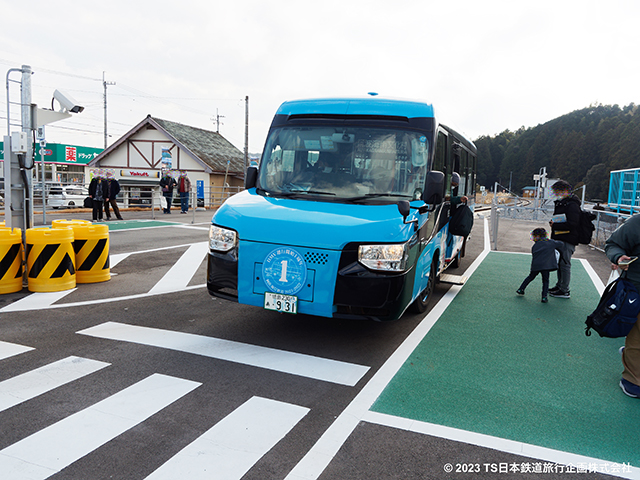
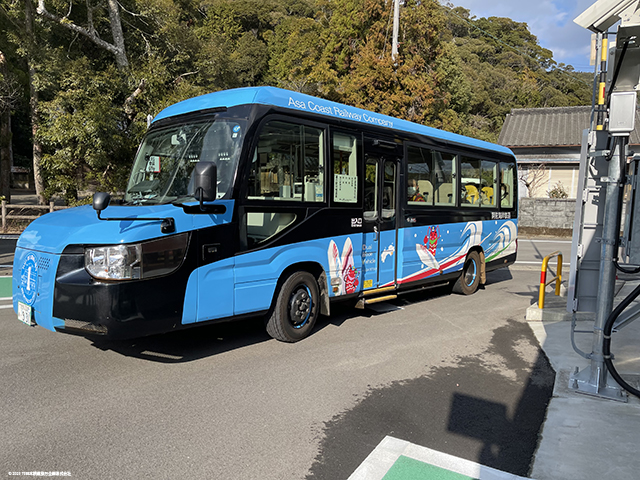
Do you think it will catch on?
It might on some short distance, low usage lines that are similar to Asa Kaigan line. The advantage is of course having flexibility, but that flexibility will come at a price, and we suspect that using a single mode (either road or rail) in many cases will be the preferable way to go, and bus, with its lower capital costs is likely to be a better solution in many cases. In the mean time Asa Kaigan Tetsudo is benefitting from the rarity of and interest in DMV which is attracting rail enthusiasts.
JR Hokkaido tested similar vehicles, however, and this can be understood after riding the Asa Kaigan line, they found that the stability of the vehicles in rail mode is such that it would be problematic if the vehicle hit a snow drift or other obstacle. Snow, although does occasionally occur in Shikoku, is not a major issue there.
How do I get to ride on the DMV
From Tokushima, it is a 2 hour local train journey on the JR Mugi Line, however only six trains a day go as far as Awa-Kainan. (picture JR Shikoku KiHa1200 at Awa-Kainan)
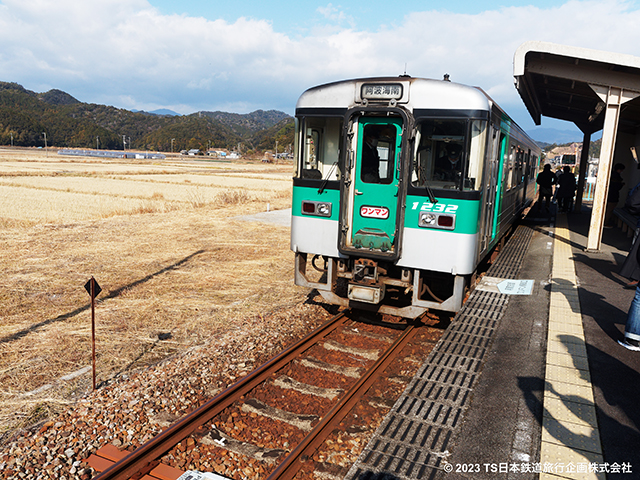
There are a few more services on the Asa Kaigan Line but service frequency varies from half hourly in the middle of the day to every 2 hours at other times.
This is definitely a trip that needs all day and a bit of planning!
As already noted seats can be, and probably should be, reserved in advance. Interestingly, you need to book through the J-Bus online bus reservation system (and unfortunately at the Time of writing you can only book on the Japanese site, not the English site).
More information & seat reservations











